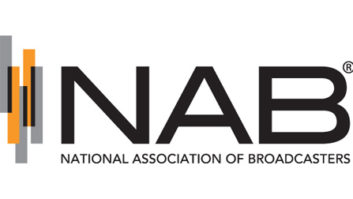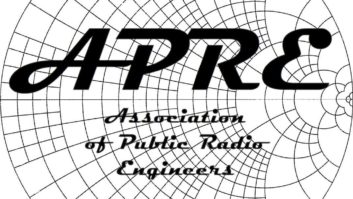The big national EAS test is just a few weeks away now. I checked in with Dan Mettler, Central Region senior VP of engineering at Clear Channel Radio, to see how the radio group is preparing for it.
How does the upcoming national EAS test affect Clear Channel’s technical team?
Mettler: Our technical team has stepped up with a front-to-back review of the installation and programming of the EAS hardware.
How have you been preparing for the test, what steps and policies have you pursued?
Mettler: All markets have been asked to review the current EAS operation and confirmed the monitoring assignments are providing a good source of audio for the national test.
What specific things should local engineers and staffs be watching for that day?
Mettler: First and most importantly, we want them to confirm that the hardware is relaying the national test. Many of our stations are LP-1, LP-2 and State Originators, so the rest of the markets they are in are relying for our relay to be flawless. We have not made any formal request but I think most of our engineers are planning on being on-site at their studios for the test, in case something does not relay correctly and the test needs to be aborted to get the rest of the market’s stations back to normal programming. Clear Channel has several PEP stations, and these stations have been preparing with closed-circuit tests with the FEMA EOC over the past couple of weeks. There have been some failures identified in the closed-circuit testing that could have been a major issue on Nov. 9.
Part of the procedure is filing reports with the FCC about how it went. What is the company’s approach to this?
Mettler: We are going to prepare a common report from our EOC in Cincinnati, using our in-house EAS logging software that currently logs every EAS event from every market in real time. This software has been going through rewrite to accommodate additional reporting capabilities specific to the national test.
How is the company preparing listeners?
Mettler: Most markets are following the lead of the state broadcast associations’ plan for airing on-air public service announcements leading up to the day of the test. It is our understanding from several broadcast associations that there will be a heavy PSA blitz the morning of the test. Keep in mind the national test is the day after elections (Nov. 8) so many stations will be in full election coverage the days leading up to the national test.
Do you plan to have a “nerve center” or central information point so the company’s managers know how it’s going?
Mettler: Yes, this will be handled from our national EOC based in Cincinnati, where every EAS box in the company reports back in real time for any EAS-related event. Representatives of both the FCC and FEMA have been invited to be on-site at our EOC for the national test, and I expect that the EOC will have several people in the room watching the test propagate across the map for the Clear Channel markets on the wall-mounted flat screens.
What else should we know about how Clear Channel is managing this, or any problems that you hope to plan for and thus avoid?
Mettler: One thing with this test that has brought some concerns to the forefront is that there are many state EAS plans that have not been updated in 15 years and do not provide for an adequate audio monitoring input for PEP. Many states have great plans that include the use of other audio sources that will not be involved in the national EAN test, due to the technology employed (non-real time messaging), which are causing headaches as to how the state plan will work for the national test. Our market engineers are looking at the EAS input sources to confirm they will be reliable on Nov. 9. My personal concern is some of the legacy hardware that has been in the field for 15 years now and how it will perform in this live test; this could be as basic as a power supply that has been in service for 10-plus years finally gives out and the station misses the test because of this.











